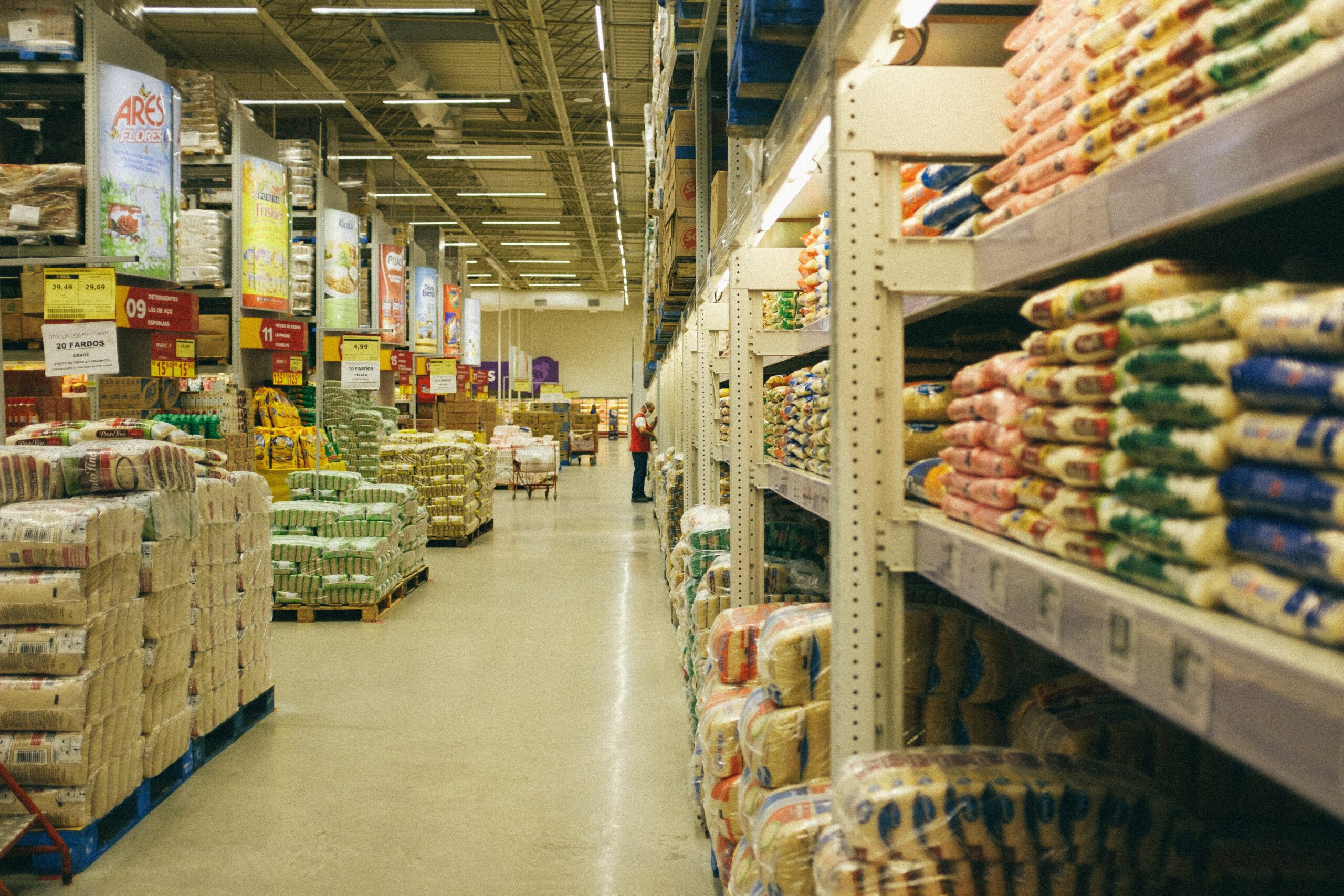- Your cart is empty
- Continue shopping
Over the last several years you may have noticed changes in the grocery stores. Previously, grocery stores were dominated by a few major food companies that would push their product however they could. We were choosing from limited options with added hormones to boost size and production, added corn syrup for sweetness, added preservatives for longer shelf life, and who knows what other ingredients. I have no idea on earth what is sodium tripolyphosphate, yellow 5, thiamin, mononitrate (vitamin B1), or riboflavin (vitamin B2)! Do you know? …Exactly.
We the people who purchase food have been quietly demanding that our labels are simpler and cleaner. We are more informed and conscious about what we eat and buy, and it’s happening at such a scale that economists are paying attention. We are telling manufacturers to make food that is natural, authentic, and identifiable.
Some say that the term “clean label” started around 2013. Clean labels are characterised by a relatively short list of familiar, simple and natural ingredients, without chemicals or artificial components. This doesn’t mean it’s “organic” or more expensive. It’s simply a label you can read and understand.
About half of people shopping today will read the ingredient labels before purchase. People look at items being low in preservatives or sodium, low in sugar, high in fibre, are simple ingredients, or avoid unnecessary additives. Those long lists of complex ingredients look like chemistry tests- not food, and often are questioned to be harmful to our health. Shoppers are increasingly turning to good, clean label alternatives.
In Europe, it appears that 78% of consumers carefully read the ingredients lists before purchasing. People put down a product if they see anything dangerous or non-natural on the label. In the U.S., people go for labels that include specific words like whole food, organic, natural, sustainable, GMO-free, and keep to brands they trust. In Japan, 94% of shoppers are reading labels in the stores. Even in growing economies like South Africa, you can walk into any grocery store and see the clean label options are promoted. (Have you seen the ‘Simple Truth’ brand at Checkers?) This is a growing global trend.
People of all ages around the world are reading more and choosing clean labels. We make economic choices according to family, society, and the planet, and that’s pretty powerful! Just as we all do, the food economy is learning and evolving from the choices we make. Let’s stay informed and insist that the companies we buy from be transparent and socially responsible. Seems pretty clean and simple to me!
To learn more, visit https://www.kerry.com/insights/kerrydigest/2018/state-of-clean-label-around-the-world

